Work Gallery’s latest exhibition collects rare examples of one of Britain’s most venerable design titles in a show that’s sure to appeal to both architects and graphic designers alike.
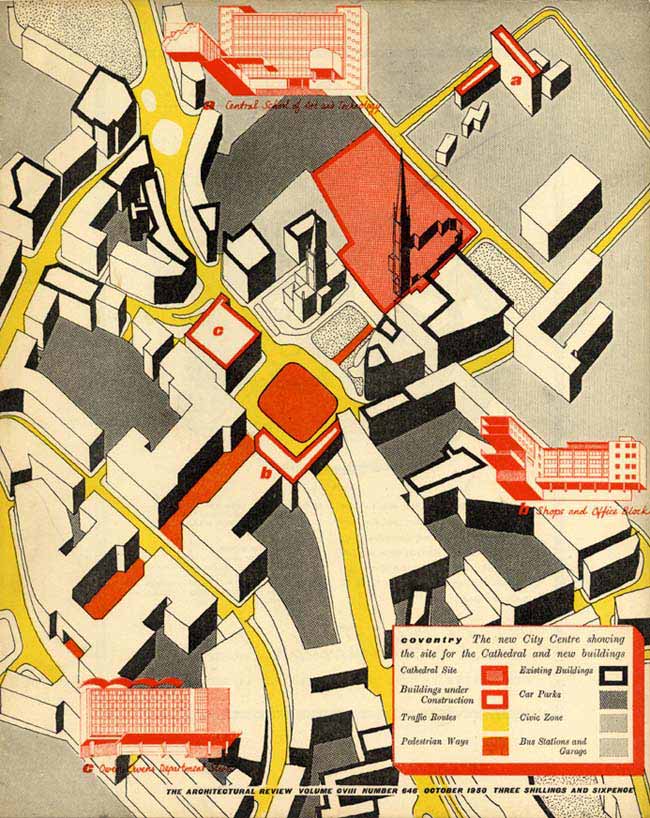
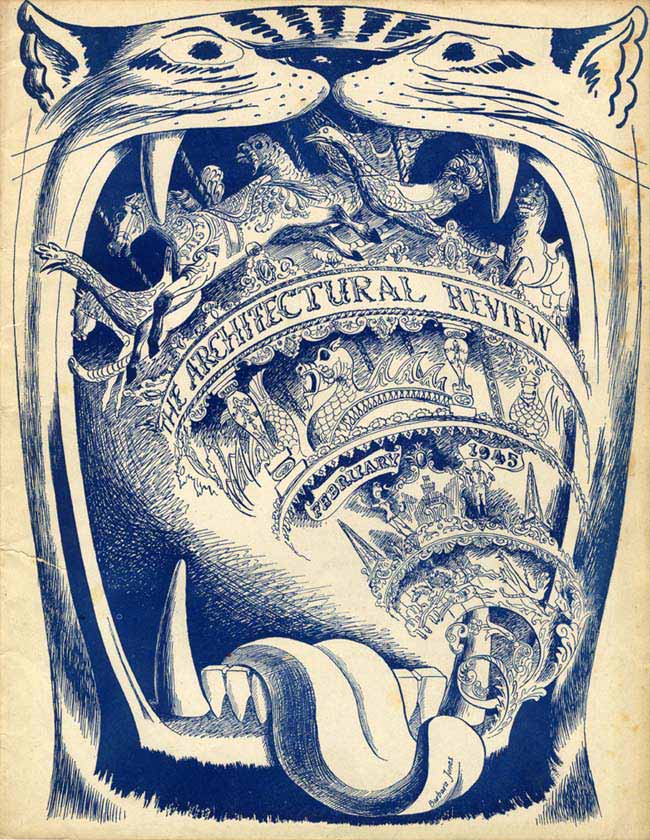
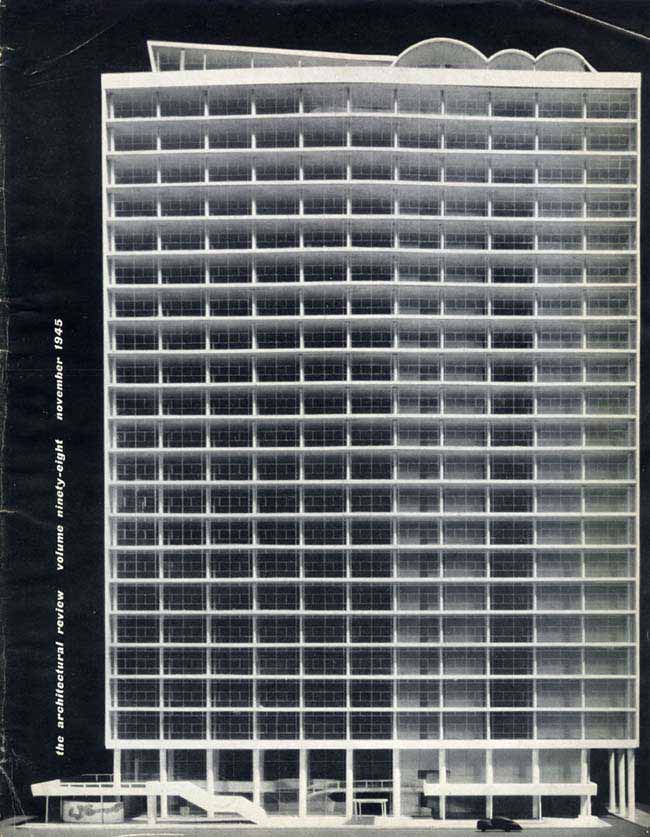
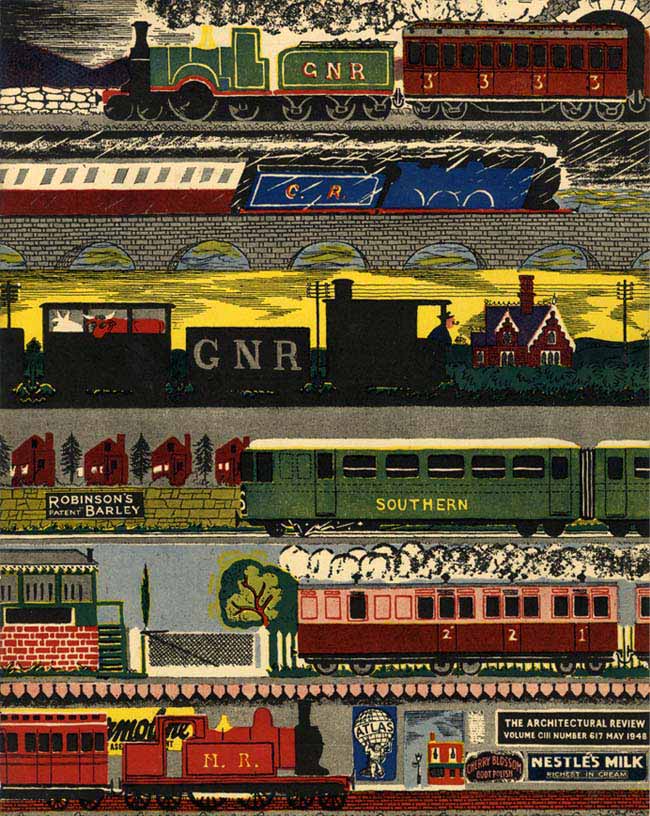
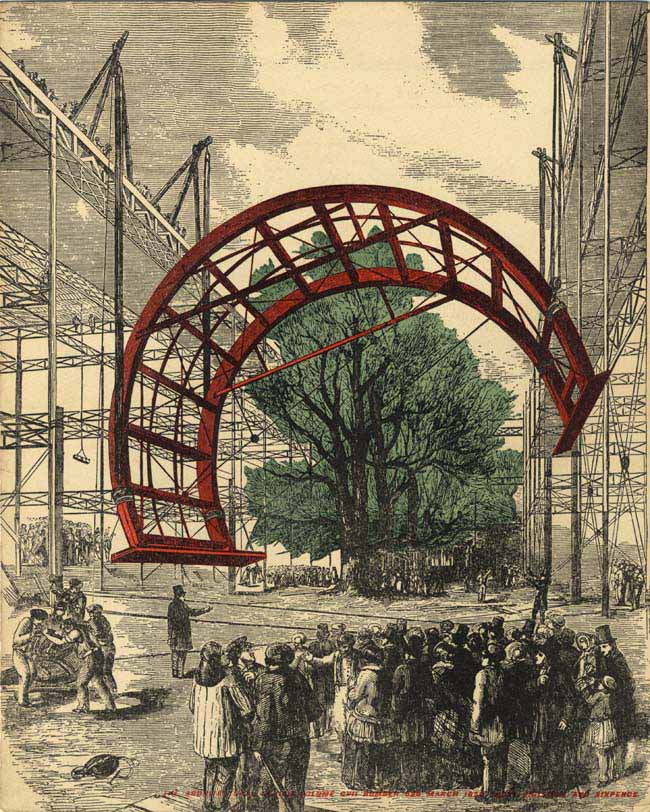
No matter how niche, every industry has its upstarts and its grandees. In the relatively small world of architecture magazine publishing, the upstarts have been the ones holding court of late; the trend for new, dynamic and independent publications has swamped the architecture profession just as it seemingly has every other, from food to football. The grandees achieved their longevity for a reason, however, and it is often worth looking past the obvious enticements of new titles to reflect on, or even to marvel at, the means by which such publications have sustained themselves.
Such an opportunity is soon to be afforded by London’s Work Gallery. Its next show, The Architectural Review: A Cover Story, aims to unpick the graphical and scholarly evolution of the eponymous magazine during the reign of one its most influential protagonists, Hubert de Cronin Hastings, whose direction the title was under during the 40s and 50s, a period in which the Modern Movement would become pre-eminent in British architecture.
There is no more venerable architecture magazine in Britain than the Architecture Review, which was established in 1896, and its contributions have been as much to the graphic arts as they have to improving the discourse of architecture. Work Gallery’s exhibition will gather together rare back issues of the journal along with other related ephemera, much painstakingly sourced from personal collections. The show should be of interest to anyone keen to expand their knowledge of the development of architectural illustration and editorial design during the mid-twentieth century, as well as anyone fascinated by post-war urban planning, an area in which Hastings played a formative role.

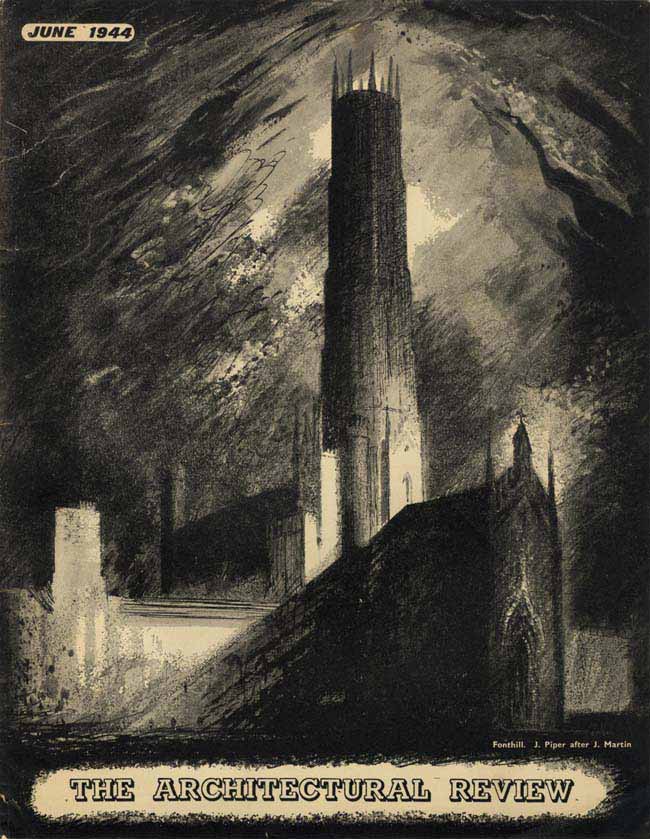
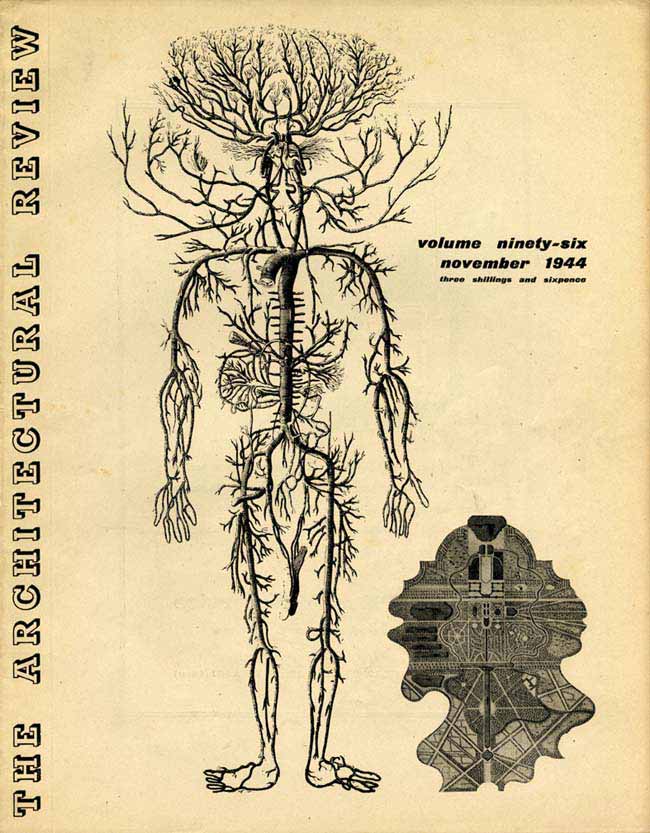
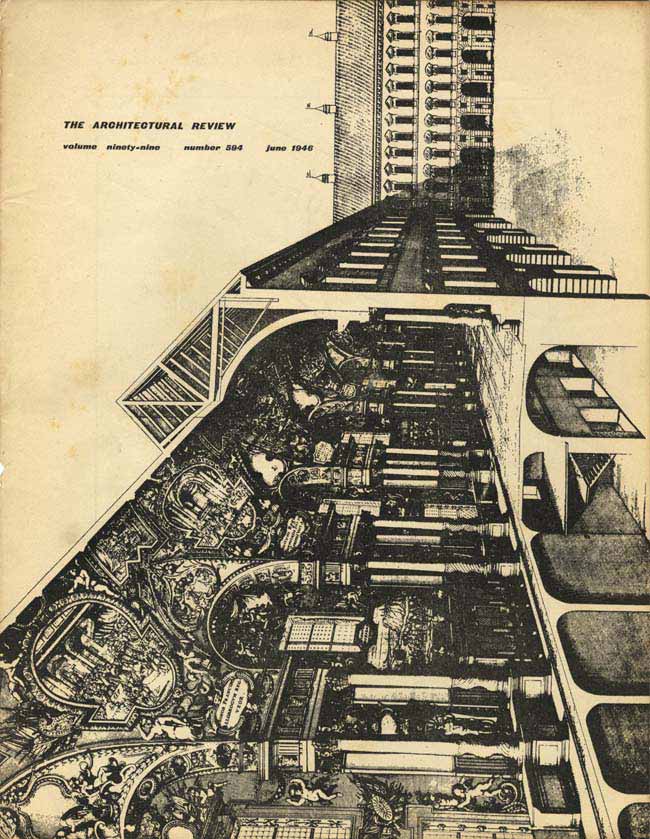
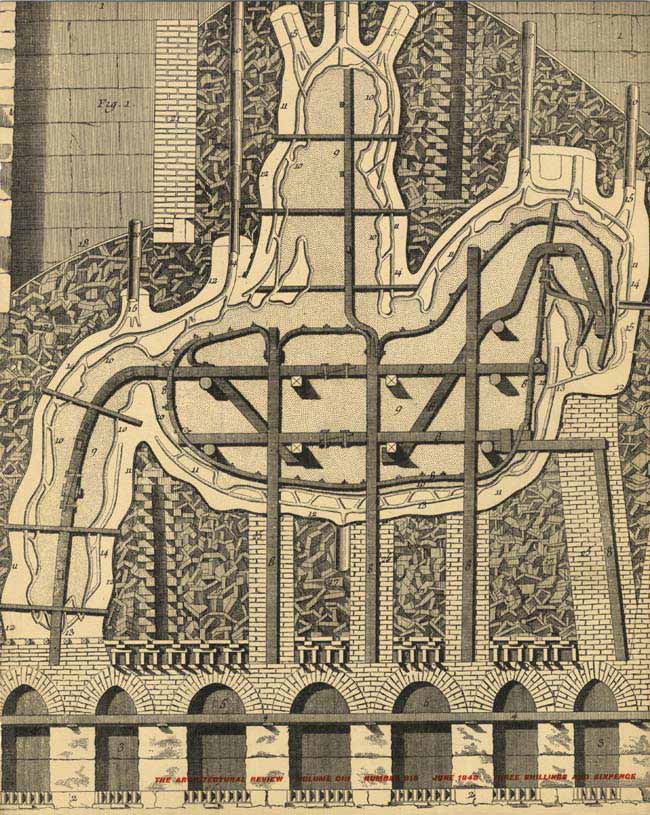
The Architectural Review: A Cover Story
Works Gallery, London
29 May – 28 June 2014
workgallery.co.uk

